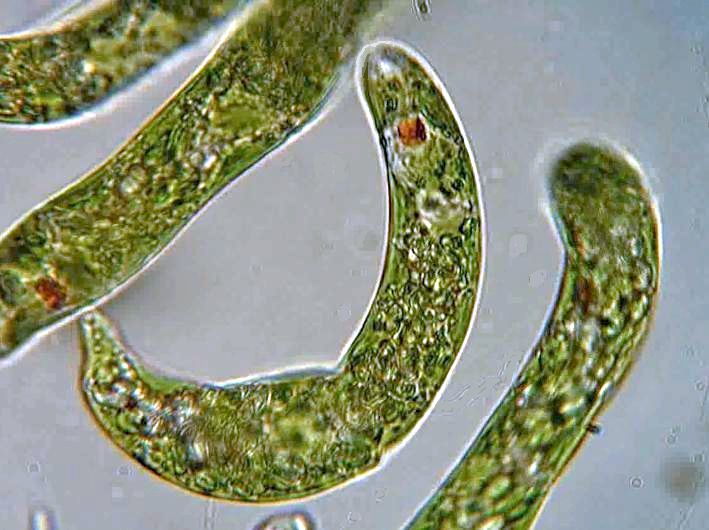Introducing the LudusScope, a 3D-printed, open-sourced system that lets you control and play games with living microbes on your smartphone. Tormenting single-celled organisms has never been so much fun.
LudusScope was developed by Stanford engineer Ingmar Riedel-Kruse, and he envisioned it as a new way of interacting and learning about common microbes. It’s meant for use in educational settings, and teachers can easily 3D print their own LuduScope using plans downloaded from the internet. Students can assemble their own device with very little help required from their teachers.
“Many subject areas like engineering or programming have neat toys that get kids into it, but microbiology does not have that to the same degree,” noted Riedel-Kruse in a release. “The initial idea for this project was to play games with living cells on your phone. And then it developed much beyond that to enable self-driven inquiry, measurement and building your own instrument.”

The system consists of a platform for a microscope slide, and a mobile phone holder with a microscope eyepiece that’s positioned up top. Riedel-Kruse’s microbe of choice is Euglena, a tiny single-celled organism that’s attracted to light. Each slide is surrounded by four LEDs, each of which can be controlled by a joystick (instructions on how to assemble the circuit that connects the joystick to the LEDs are also provided).
Once assembled, students can use the LuduScope in any number of ways. Most simply, kids can just watch their Euglena move around as they trigger the different light sources.
But this device can do much more. Riedel-Kruse and his colleagues put together a software program that can run on a mobile phone and overlay on top of the image of the cells. Some of the programs provided are purely educational, allowing students to measure the microbes and record observations of their behaviour.
But the games are what make the LudusScope so interesting. Students can target a particular Euglena and try to control its movements using the LEDs. Kids can use the microbes to play soccer (above), or move it around in a Pac-Man-like maze (below). The software includes a number of other activities and games.
For those worried about the welfare of the microbes, there’s probably not a lot to be concerned about. These simple organisms aren’t likely capable of experiencing anything approximating pain or frustration; they’re basically script-driven automatons with photophilic tendencies.
The device has already been tested by some teachers and students, and the researchers are now working to improve and expand the system after receiving feedback. Teachers who are interested can use the open source information contained within the paper, which can be found at PLOS One.
[PLOS One]
